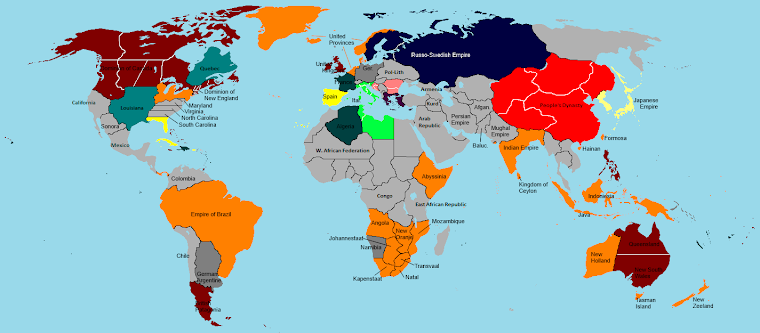VOC Auto: A division of the East India Company, established in 1924. Though it is headquartered in Amsterdam, with the rest of the VOC, the bulk of its industrial base is in Brazil. VOC Auto is one of the largest producers of cargo trucks, with the VOC being its own biggest customer.
Spyker: Founded in 1953, in Rotterdam, Spyker is one of the premier luxury and high-performance automobile producers of the world. The cheapest model of Spyker costs more than 30,000 Guilders, and that is without options. Its two factories are located in the United Provinces, one an assembly line, the other a customization shop, where each car is built to specifications of the customer.
Van Dam Motors: VDM ranks with General Motors and Volkswagon as the leading producer of passage cars, affordable to the masses. With factories in the United Provinces, Brazil, India and Transvaal, VDM is able to distribute its products easier to a wider market. The company was founded in Antwerp in 1931.
Brazilian Motor Company: BMK is the only major automotive company within the Commonwealth not to have its headquarters in the United Provinces. BMK was found in Recife in 1922, and set up assembly lines on the Ford model for an inexpensive automobile that the average Brazilian could afford. BMK produces coupes and saloons mainly for Brazilian and other South American markets. During World War II, BMK became the primary producer of armored cavalry for the Commonwealth.
Oslo Motor Works: The Oslo company started out in 1924, along the same lines as the BMK. During World War II, the factory in Oslo was destroyed by its employees to keep the facilities from falling into enemy hands. When the company was rebuilt following the war, management guided it towards a higher end market. OMW competes with both Jaguar and Maserati in the European executive car market.

